Exotic birds add a vibrant splash of color and personality to any home, with their distinctive calls, intelligent behaviors, and often striking appearances. While many bird enthusiasts are familiar with common pet birds like budgies and cockatiels, the world of aviculture extends far beyond these familiar feathered friends. For those looking to welcome a truly unique avian companion into their lives, there exists a fascinating array of exotic species that combine unusual physical characteristics with captivating behaviors. This article explores some of the most extraordinary exotic birds that can legally be kept as pets in many regions, delving into their distinctive features, care requirements, and the special considerations that come with owning these remarkable creatures.
Toucans: The Vibrant Beak Masters
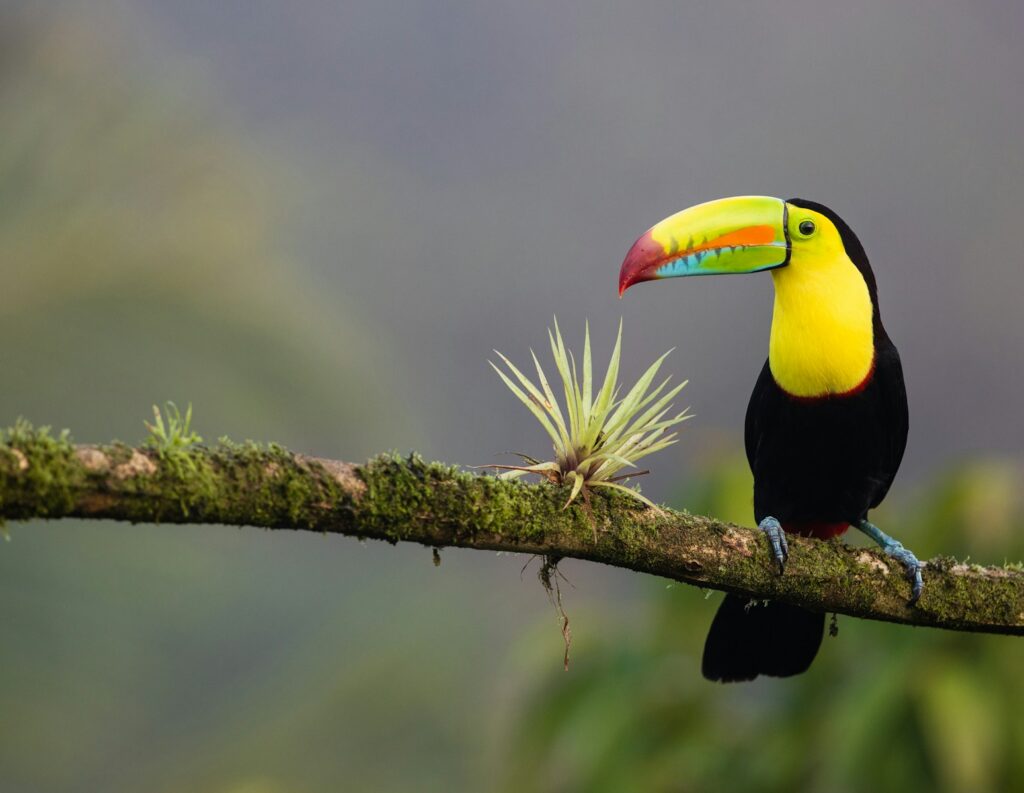
Toucans, with their outsized, colorful bills and playful personalities, stand among the most recognizable exotic birds available in the pet trade. These charismatic birds, primarily from the Ramphastos and Pteroglossus genera, feature bills that can comprise up to one-third of their total body length, yet are surprisingly lightweight due to their honeycomb structure. Their diet in captivity requires specialized attention, consisting primarily of low-iron fruits, specialized pellets, and occasional insects to mimic their natural rainforest diet. While undeniably striking, potential toucan owners should be prepared for their active nature, need for spacious custom housing, potential messiness due to their feeding habits, and lifespans that can exceed 20 years with proper care. These birds aren’t simply pets but long-term companions requiring committed care and substantial investment.
Victoria Crowned Pigeons: Regal Giants
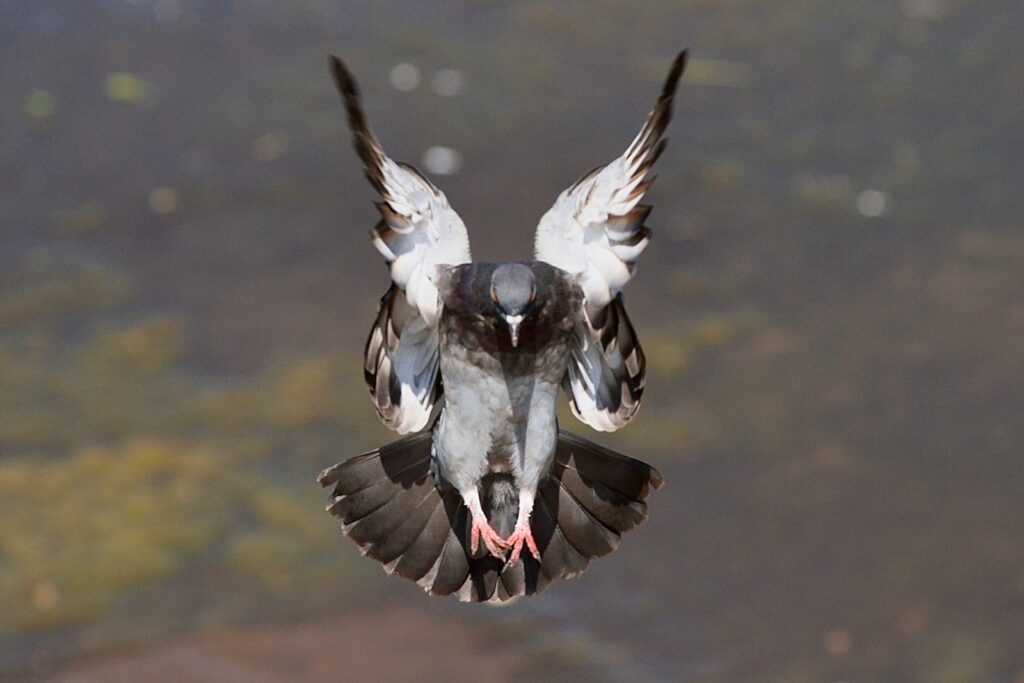
Victoria crowned pigeons represent avian royalty in both appearance and demeanor, standing as the largest pigeon species in the world at up to 75 centimeters in length. Their most distinctive feature is the elegant lace-like blue crest adorning their heads, complemented by their striking maroon chest and characteristic deep-blue coloration. Unlike common urban pigeons, these majestic birds command respect with their deliberate movements and gentle temperaments, making them sought-after aviary specimens for those with sufficient space. Victoria crowned pigeons require specialized housing with ample floor space rather than traditional cages, as they spend most of their time walking rather than perching. Their diet typically includes a variety of grains, fruits, and specialized pigeon feeds, requiring knowledgeable care to maintain their health and spectacular appearance over their potential 25-year lifespan.
Paradise Tanagers: Living Rainbows
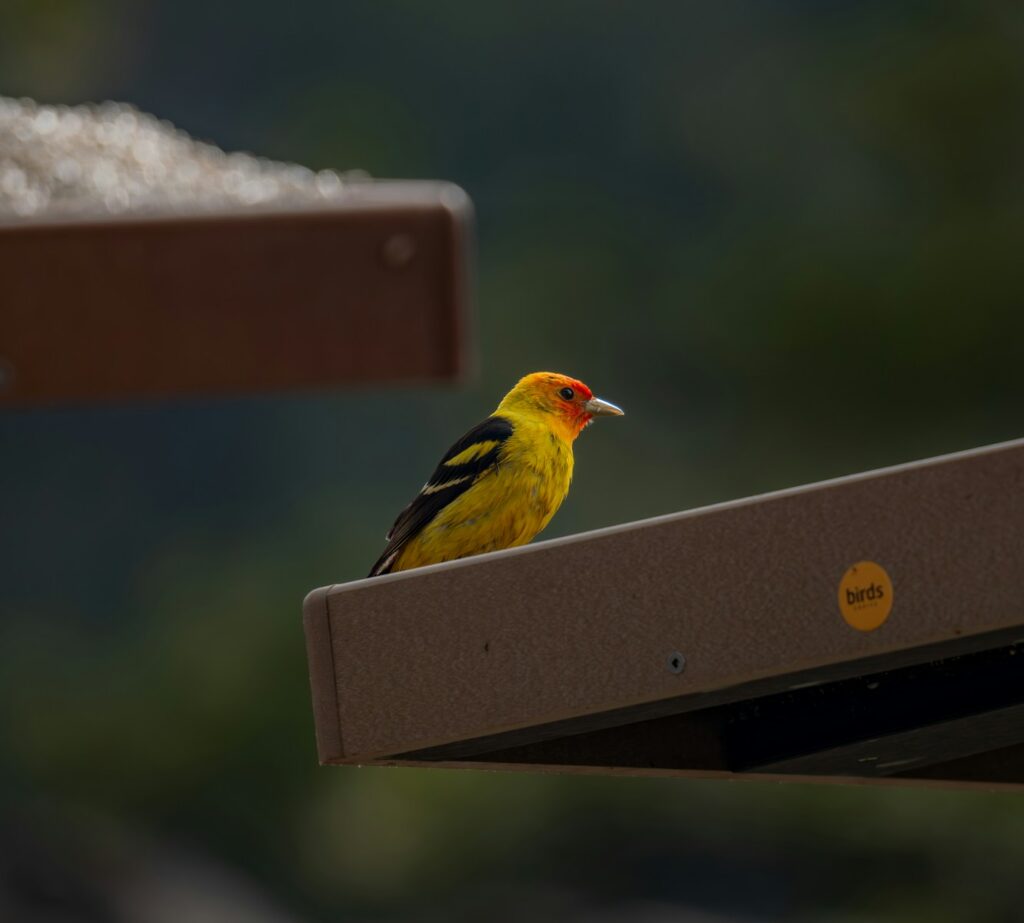
Paradise tanagers represent nature’s artistic mastery, displaying a spectacular palette of colors that seem almost unreal in their vibrance. These small songbirds from South American rainforests feature an extraordinary combination of turquoise, lime green, golden yellow, and crimson plumage that shifts with enchanting iridescence as they move. Despite their diminutive size of approximately 15 centimeters, paradise tanagers demand specialized care, including custom-built aviaries that recreate rainforest humidity levels and temperatures. Their diet requires careful attention, focusing on tropical fruits, specialized nectar, and high-quality insect protein supplements to maintain their vibrant coloration. Paradise tanagers thrive best in small groups rather than in isolation, exhibiting fascinating social behaviors that make them captivating aviary residents for experienced bird enthusiasts willing to accommodate their particular environmental needs and dietary requirements.
Red-Legged Honeycreepers: Sapphire Jewels
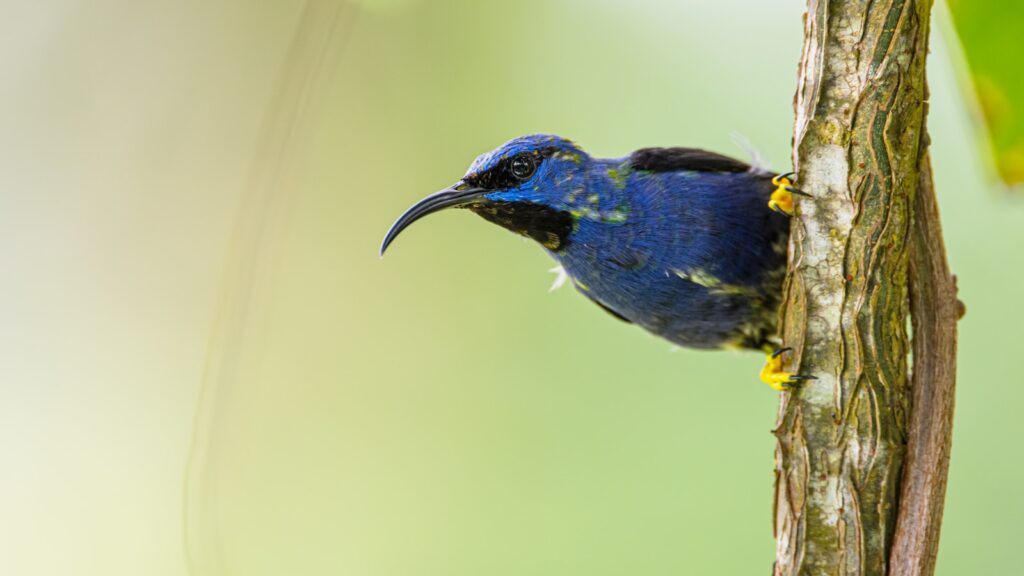
Red-legged honeycreepers present an extraordinary visual contrast with their brilliant cobalt-blue bodies, black masks and throats, and, as their name suggests, vibrant red legs that seem almost artificial in their intensity. These small nectarivorous birds, native to tropical regions from Mexico to Brazil, possess specialized brush-tipped tongues evolved specifically for feeding on nectar and soft fruits. In captivity, they require carefully formulated nectar solutions, fresh tropical fruits, and supplemental protein sources to maintain their spectacular plumage and overall health. Red-legged honeycreepers thrive in specially designed aviaries that provide ample flying space, multiple feeding stations, and carefully maintained warm temperatures between 70-85°F year-round. Their high activity levels, combined with their jewel-like appearance, make them particularly captivating for advanced bird keepers willing to invest in their specialized care and equipped to meet their demands for a consistently warm environment.
Lady Gouldian Finches: The Painted Masterpieces
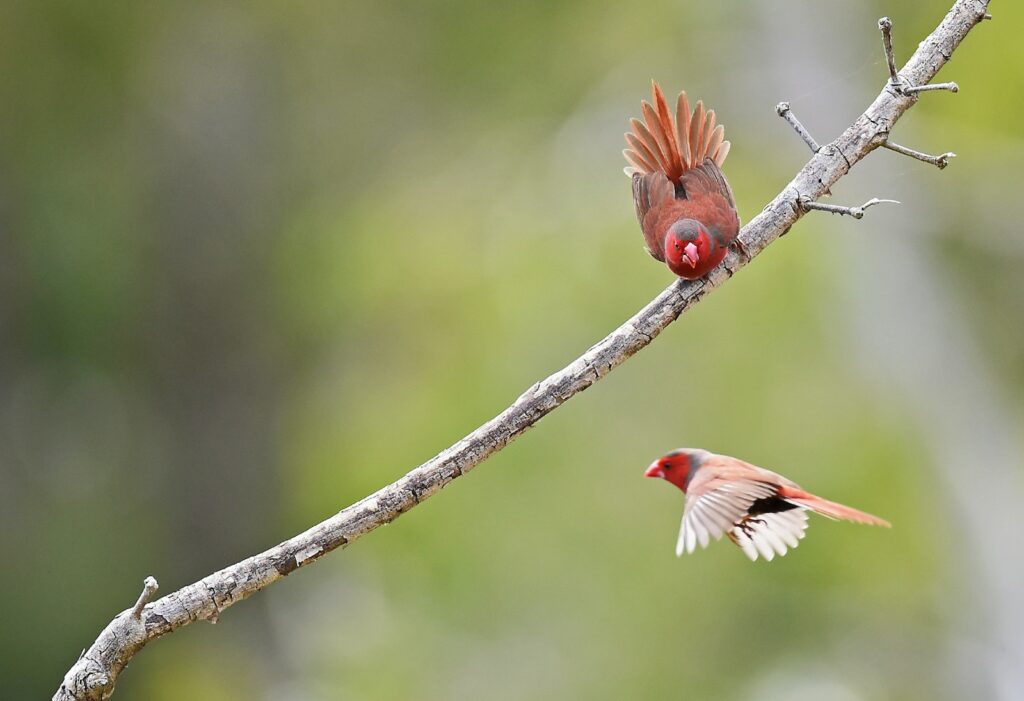
Lady Gouldian finches have earned their reputation as living works of art, showcasing nature’s most spectacular color combinations with their rainbow-hued plumage. These Australian natives feature heads that can be red, black, or yellow, contrasting dramatically with their brilliant green backs, purple chests, and yellow underparts, creating a visual spectacle unmatched in the finch world. Unlike many exotic birds, Gouldians are relatively quiet, making them suitable for apartment living while still providing visual splendor that few other species can match. They thrive in specially designed aviaries with multiple perches and nesting options, preferably housed in small compatible groups where their social interactions can be observed. Their diet consists primarily of a high-quality finch seed mix supplemented with egg food, vegetables, and specialized pellets to maintain their extraordinary coloration and support their average lifespan of 5-8 years in captivity.
Fairy Bluebirds: Sapphire Forest Dwellers
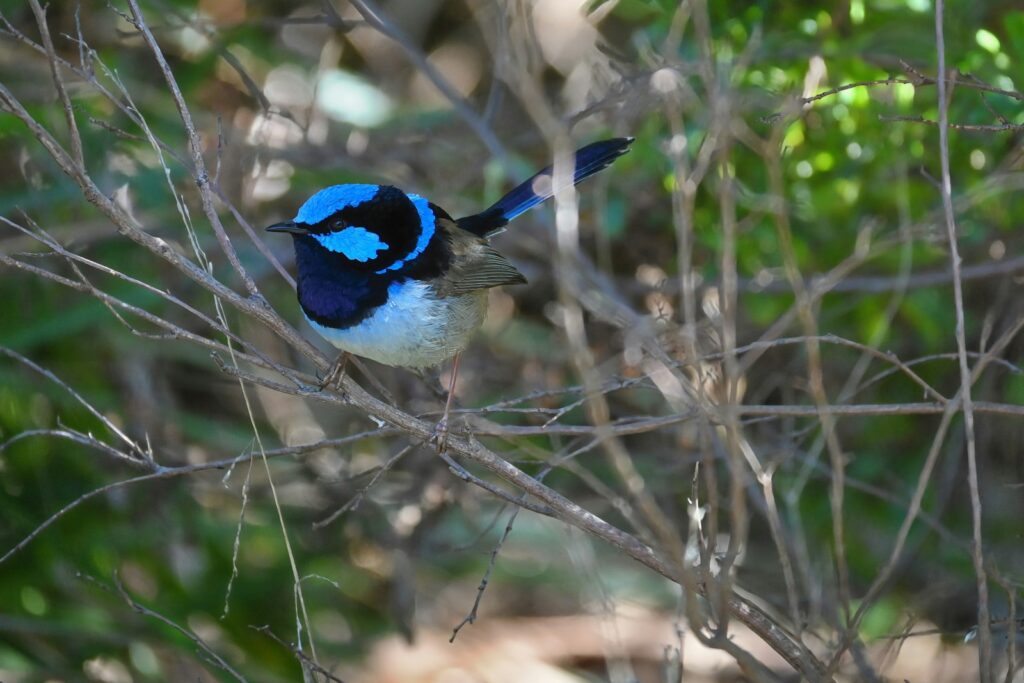
Fairy bluebirds embody their enchanting name with males displaying a shimmer of iridescent cobalt-blue that seems to capture the very essence of tropical skies. These medium-sized birds native to Southeast Asian forests combine their spectacular blue upper parts with deep black underparts, creating a striking contrast that catches the eye immediately. In captivity, fairy bluebirds require spacious aviaries that accommodate their active nature and allow for short flight bursts that showcase their brilliant plumage to full effect. Their diet centers around fresh tropical fruits like papaya, mango, and berries, supplemented with specialized softbill pellets and limited live insects for protein. Fairy bluebirds particularly appeal to experienced aviculturists seeking a brilliantly colored species that, while requiring specialized care, rewards owners with their spectacular appearance and pleasant, musical calls that evoke their native tropical forests.
Nicobar Pigeons: Iridescent Wonders
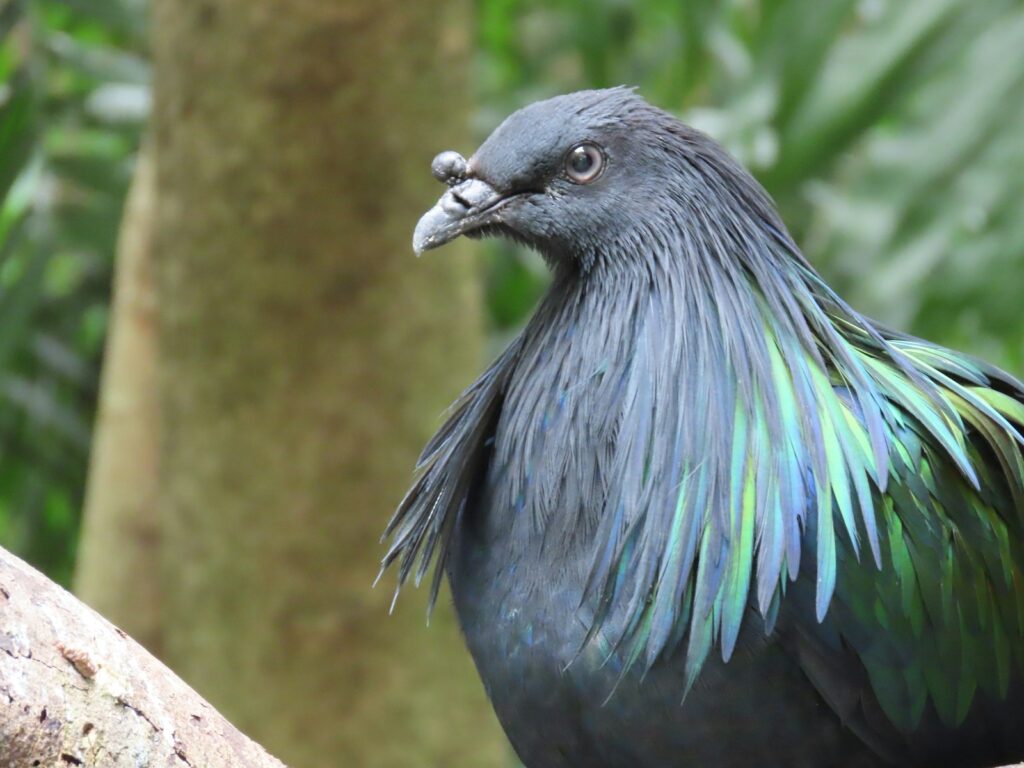
Nicobar pigeons stand apart from ordinary pigeons with their spectacular iridescent plumage featuring green, copper, blue and purple feathers that shift color dramatically as they move in different lighting. These impressive birds sport distinctive long, white hackle feathers that cascade down their necks like an elegant scarf, creating an unmistakable silhouette unlike any other pigeon species. Related to the extinct dodo, Nicobar pigeons are ground-dwellers by nature, requiring specialized aviaries with ample floor space, minimal perching requirements, and secure shelter from predators and adverse weather. Their diet consists primarily of seeds, grains, legumes, and occasional fruits, with specialized calcium supplements needed to support their robust build and distinctive plumage. While not extensively vocal, they produce deep, resonant coos that add to their exotic appeal for collectors seeking unusual and visually spectacular aviary specimens.
Eclectus Parrots: The Gender-Dimorphic Marvels
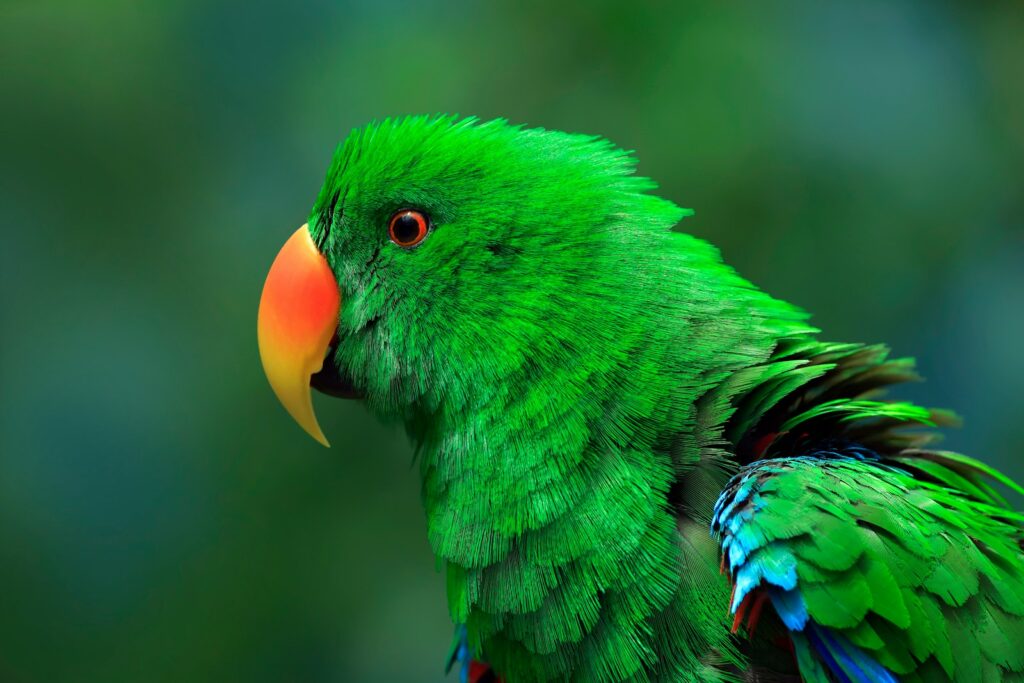
Eclectus parrots display perhaps the most dramatic sexual dimorphism of any parrot species, with males and females appearing so different that early naturalists mistakenly classified them as entirely separate species. Males showcase brilliant emerald green plumage with splashes of red and blue under their wings, while females counter with stunning scarlet and royal purple coloration, creating a visual dichotomy rarely seen in the avian world. Beyond their extraordinary appearance, Eclectus parrots are renowned for their gentle temperaments and exceptional speaking abilities, often developing vocabularies of hundreds of words when properly socialized. Their specialized digestive systems require diets high in fresh fruits and vegetables with minimal seed content, making their care regimen distinctly different from many other parrot species. Potential owners should prepare for their 30+ year lifespan and need for consistent daily interaction to prevent the development of behavioral issues that can arise from inadequate mental stimulation.
Mandarin Ducks: Floating Masterpieces
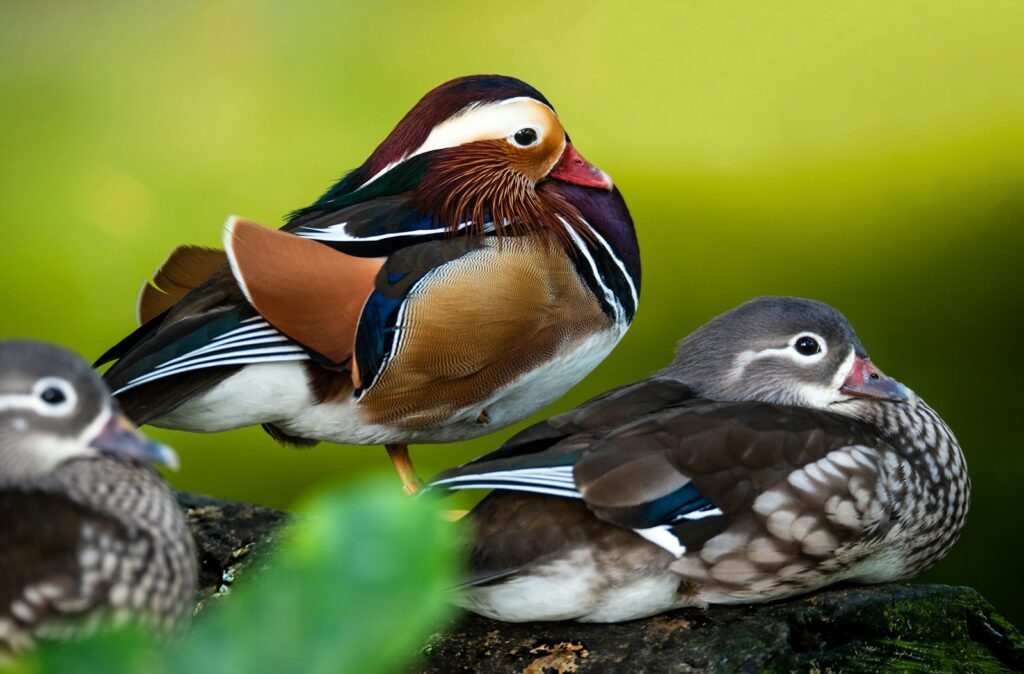
Mandarin ducks represent nature’s artistic pinnacle in waterfowl design, with males displaying an unparalleled combination of purple, green, white, and orange plumage arranged in patterns so precise they appear almost painted by hand. These medium-sized ducks, originally native to East Asia, feature distinctive “sail” feathers that stand upright on their backs, creating a silhouette unlike any other duck species. Unlike many exotic birds, Mandarin ducks are relatively easy to accommodate, requiring a secure outdoor pond area with appropriate water depth, surrounding vegetation for security, and nesting boxes positioned in trees or on posts above water level. Their diet consists of specially formulated waterfowl pellets supplemented with grains, aquatic plants, and occasional insects, supporting their vibrant coloration and overall health. These ducks form strong pair bonds and are most content when kept in established pairs or small groups, making them ideal for ornamental pond settings where their spectacular colors can be admired year-round.
Superb Starlings: Metallic Rainbow Birds
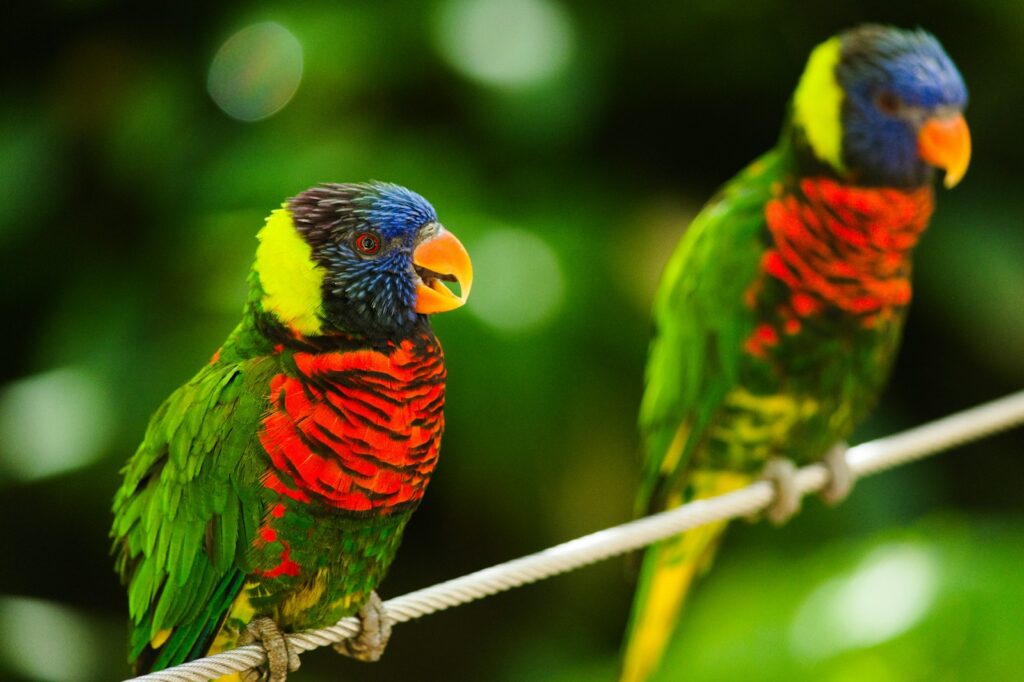
Superb starlings live up to their name with their extraordinary iridescent blue-green upper bodies that contrast dramatically with their bright orange-rust underparts, creating a color combination that seems almost artificial in its brilliance. Unlike European starlings, these African natives possess a melodious song repertoire that includes pleasant whistles and warbles rather than harsh mimicry, making them acoustically as well as visually appealing. In captivity, superb starlings require spacious flight cages or aviaries with multiple feeding stations and bathing opportunities to maintain their spectacular metallic plumage in prime condition. Their omnivorous diet includes a specialized softbill mix supplemented with fresh fruits, mealworms, and occasional egg food to support their high energy levels and sustain their vibrant coloration. These intelligent, active birds thrive with environmental enrichment including puzzle feeders and varied perching arrangements that allow them to display their natural behaviors and remarkable plumage to best advantage.
Turaco Species: The Living Emeralds
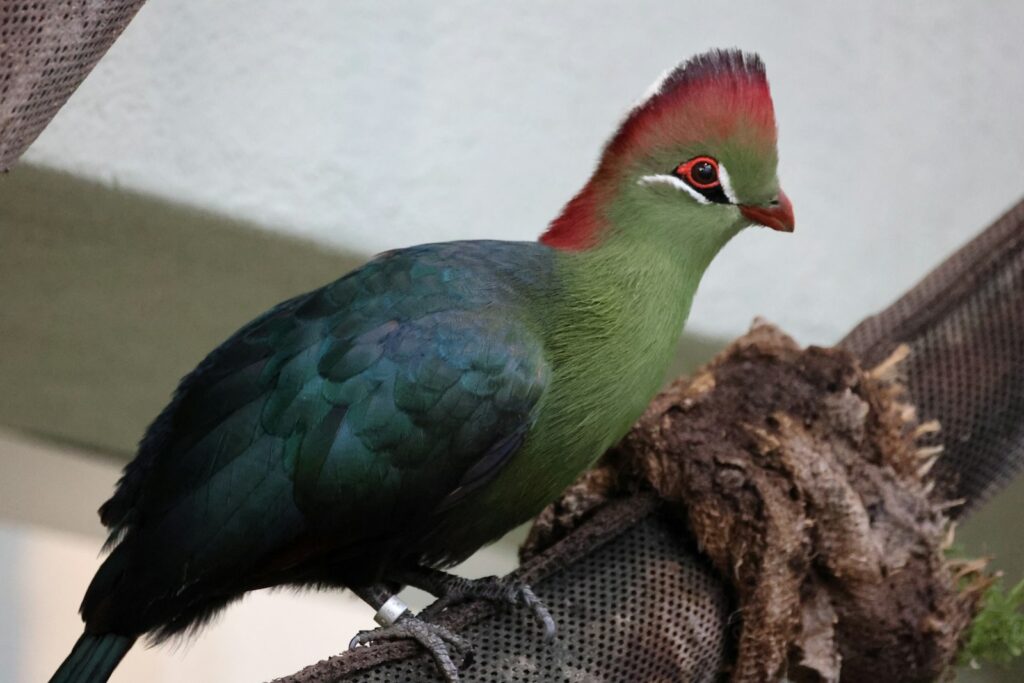
Turacos represent a family of birds that possess a biological rarity – true green pigment, rather than the structural coloration most green birds display, giving them an intense emerald appearance unlike any other avian family. These medium-sized birds from Africa feature distinctive crests, long tails, and bright red flight feathers that flash dramatically when they take to the air, creating a spectacular visual surprise. Their specialized diet centers around fresh fruits with particular emphasis on native African varieties like figs and berries, supplemented with specialized low-iron pellets and occasional protein sources. Turacos require large, custom-designed aviaries with horizontal flying space and multiple secluded perching areas to accommodate their somewhat shy nature and arboreal lifestyle. Their unique “turaco green” pigment actually contains copper that can wash out if the birds become wet, temporarily changing their appearance until their feathers dry – just one of many fascinating adaptations that make these birds particularly intriguing to advanced aviculturists.
Legal and Ethical Considerations for Exotic Bird Ownership
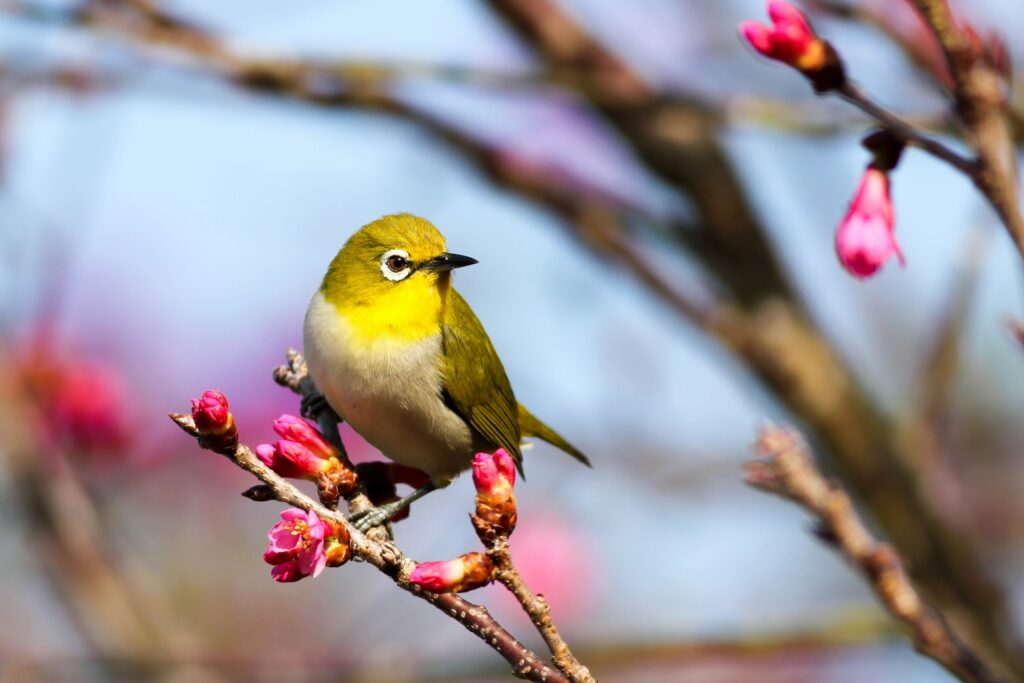
Prospective owners of exotic birds must navigate a complex landscape of regulations that vary dramatically by location, species, and individual bird origin. The Convention on International Trade in Endangered Species (CITES) governs international movement of many exotic birds, while national laws like the United States’ Wild Bird Conservation Act impose additional restrictions that can limit which species may be legally kept. Responsible ownership begins with thorough research into proper sourcing, ideally focusing on captive-bred specimens from reputable breeders rather than birds potentially captured from wild populations. Ethical considerations extend beyond legality to questions of whether one’s living situation, financial resources, and time availability can truly provide an appropriate environment for these specialized creatures over their often lengthy lifespans. Potential owners should also consider establishing relationships with avian veterinarians experienced with exotic species before acquisition, as specialized medical care represents a critical component of responsible exotic bird ownership.
Preparing Your Home for an Exotic Bird
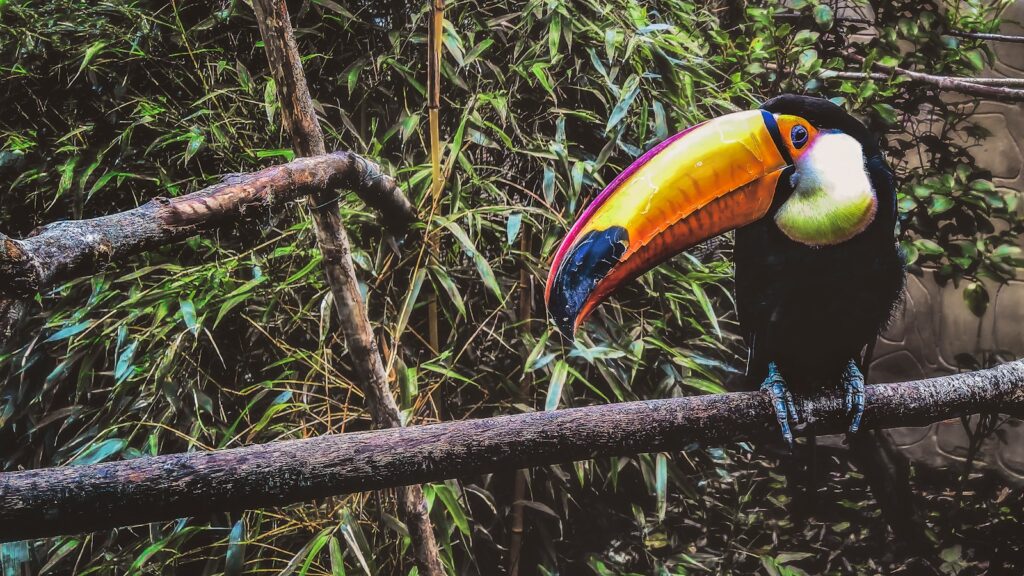
Creating an appropriate environment for an exotic bird extends far beyond purchasing the correct cage; it involves a comprehensive evaluation and modification of your entire living space. Temperature stability becomes paramount for many tropical species, potentially requiring dedicated climate control systems that maintain appropriate warmth and humidity levels year-round. Household toxins including non-stick cookware, scented candles, chemical cleaners, and certain houseplants must be eliminated to protect sensitive avian respiratory systems. Architectural considerations may include creating bird-safe zones with appropriate perching options, removal of ceiling fans in flight areas, and installation of special full-spectrum lighting that mimics natural sunlight to support vitamin D production. Social preparation is equally important, with household members and regular visitors educated about appropriate interaction protocols, noise levels, and handling restrictions specific to your chosen species. This comprehensive preparation represents a significant investment but creates the foundation for a successful long-term relationship with these extraordinary avian companions.
Conclusion
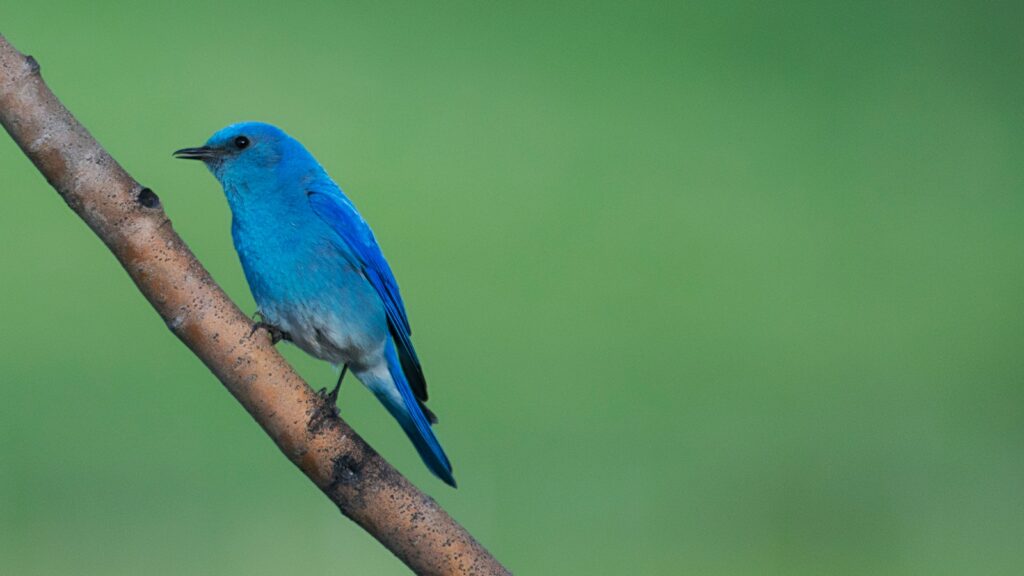
The world of exotic bird ownership offers unparalleled rewards for those prepared to meet the specialized needs of these extraordinary creatures. From the rainbow-hued paradise tanagers to the regal Victoria crowned pigeons, these birds represent nature’s artistic pinnacle in form, color, and behavior. However, their exceptional beauty comes with equally exceptional responsibility. Prospective owners must carefully consider the substantial commitments of time, space, specialized knowledge, and financial resources required to provide appropriate care over decades-long lifespans. When approached with thorough research, proper preparation, and unwavering commitment, sharing your life with one of these unusual avian companions can be an incomparable experience – a daily connection with some of nature’s most spectacular living masterpieces.


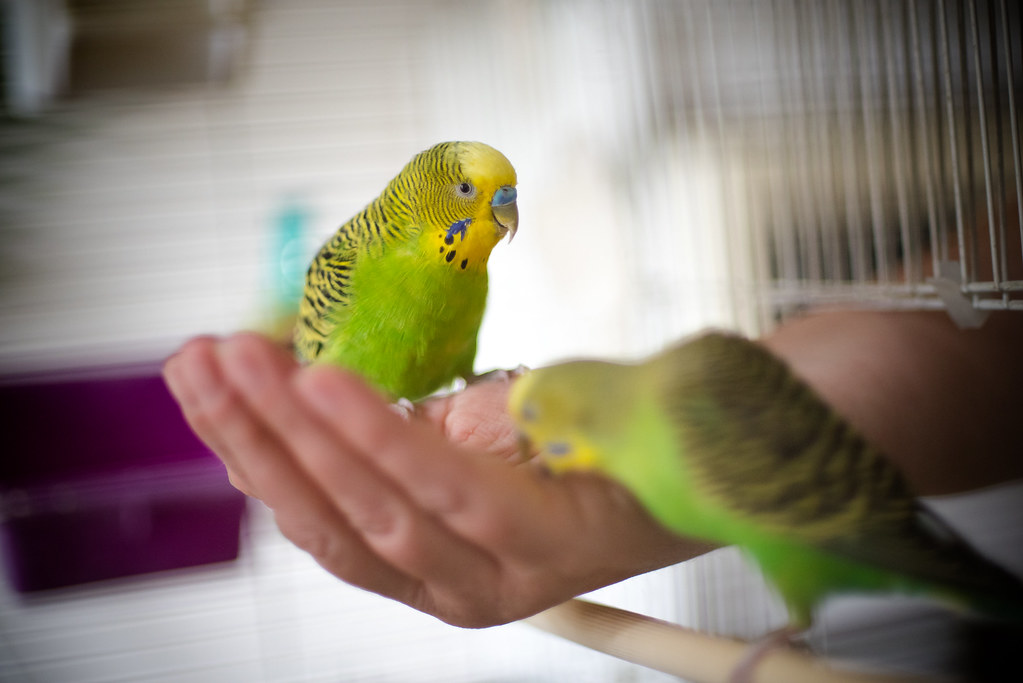
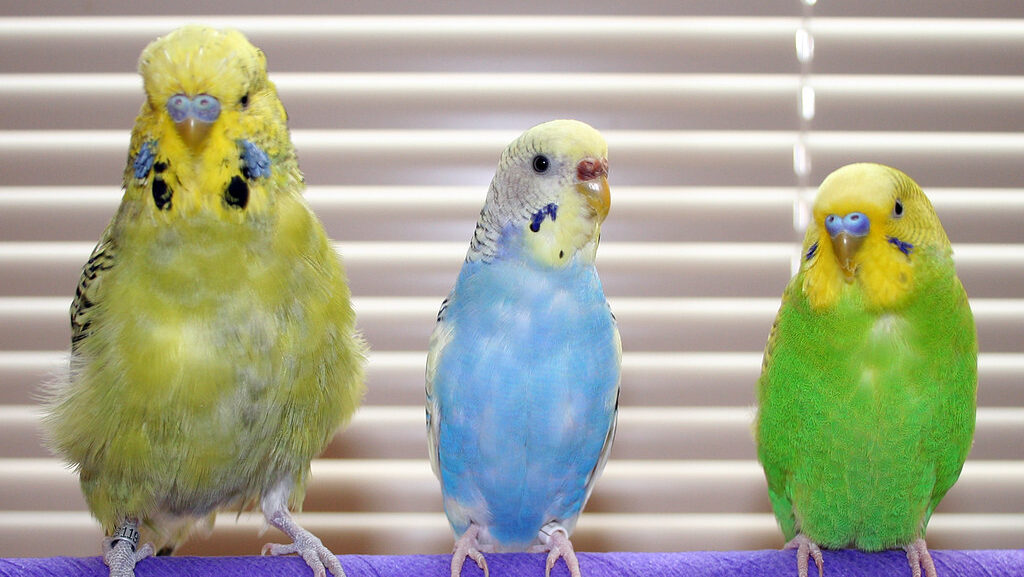
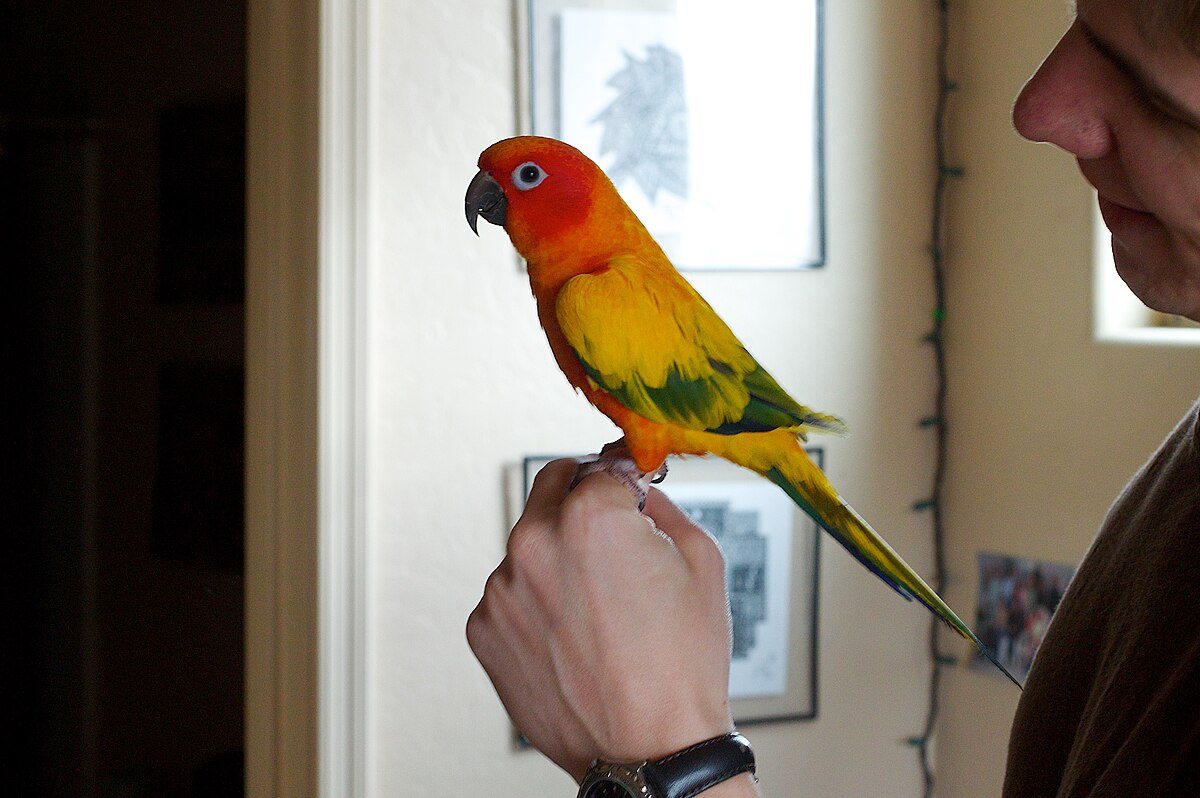
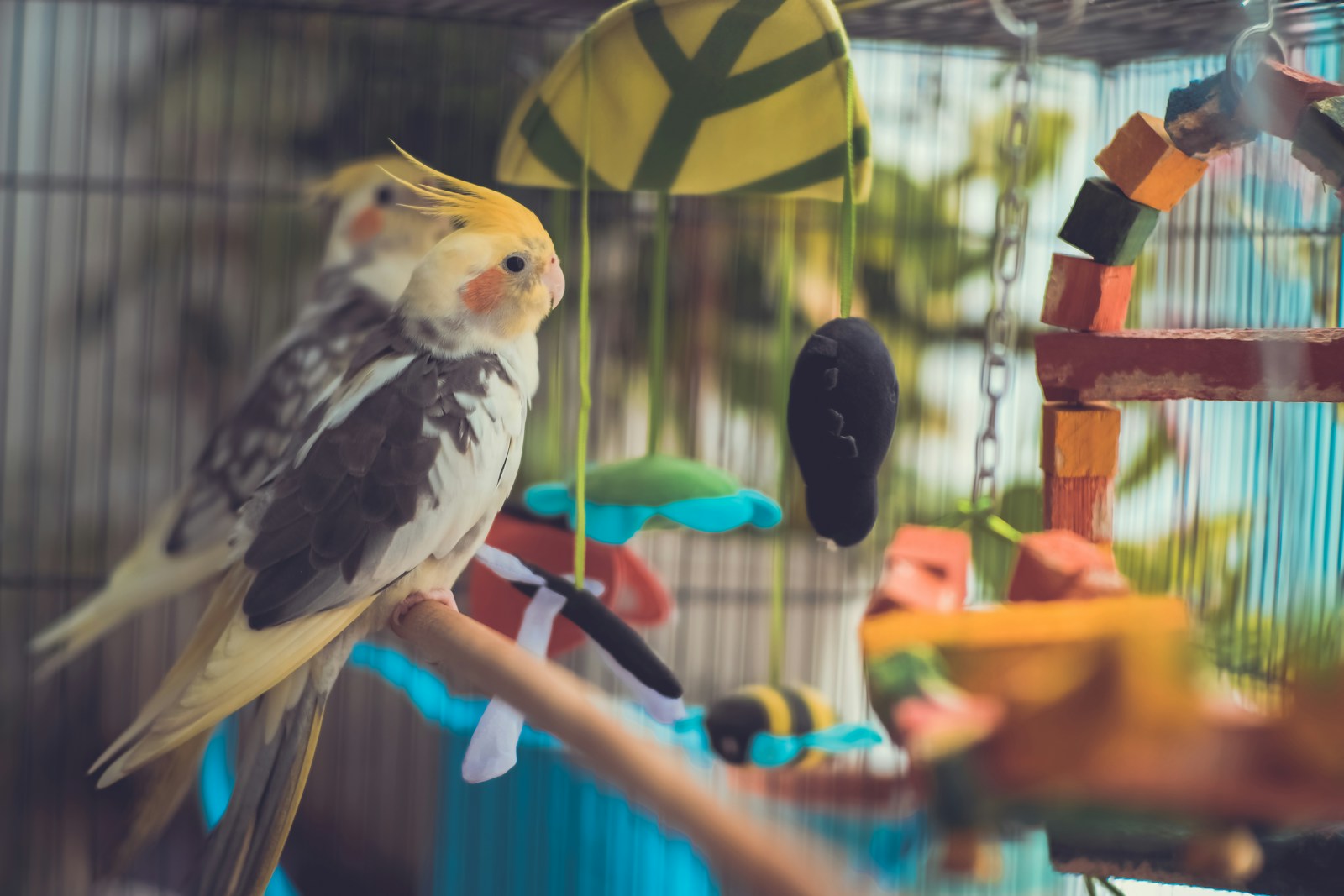
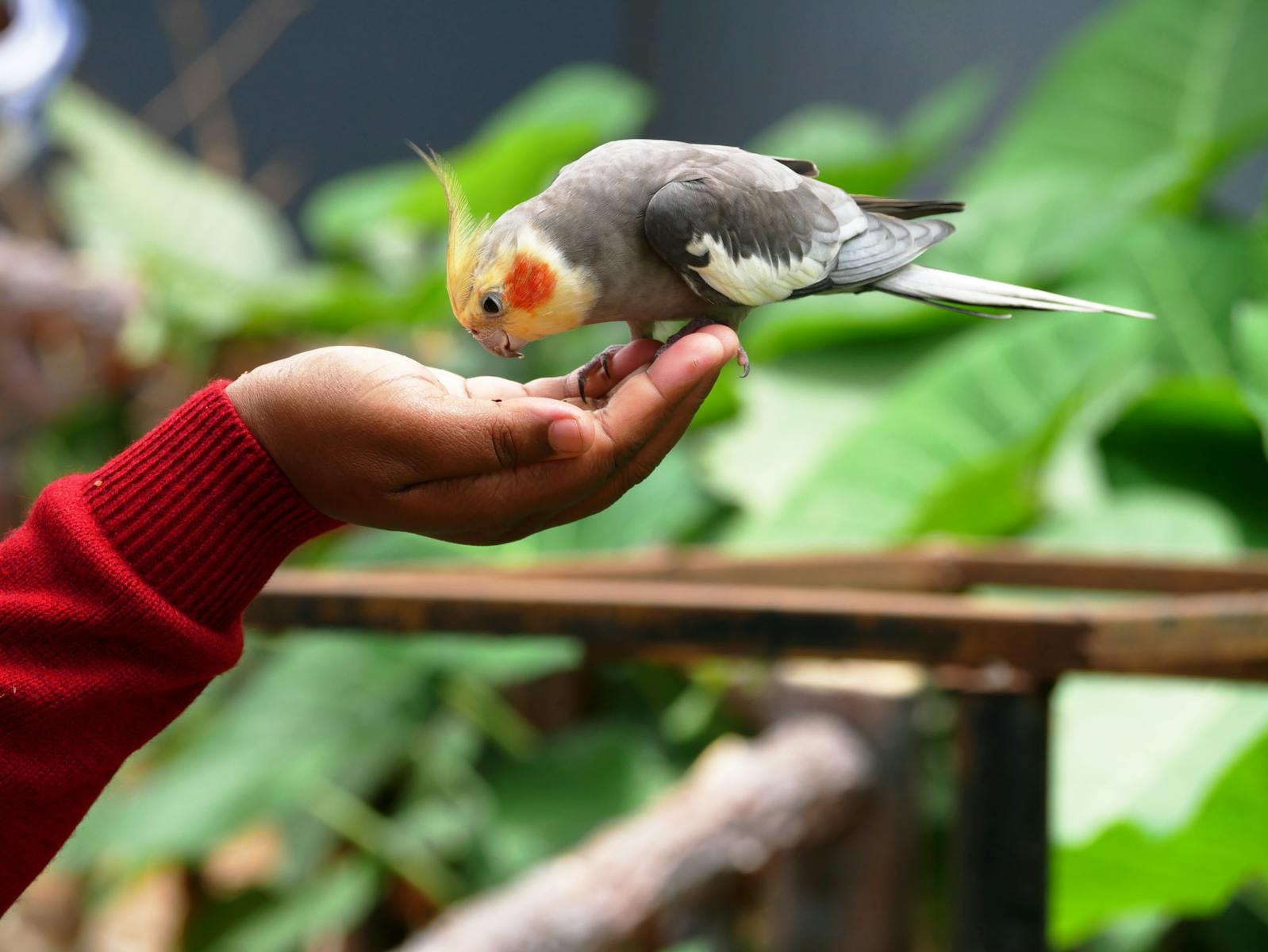
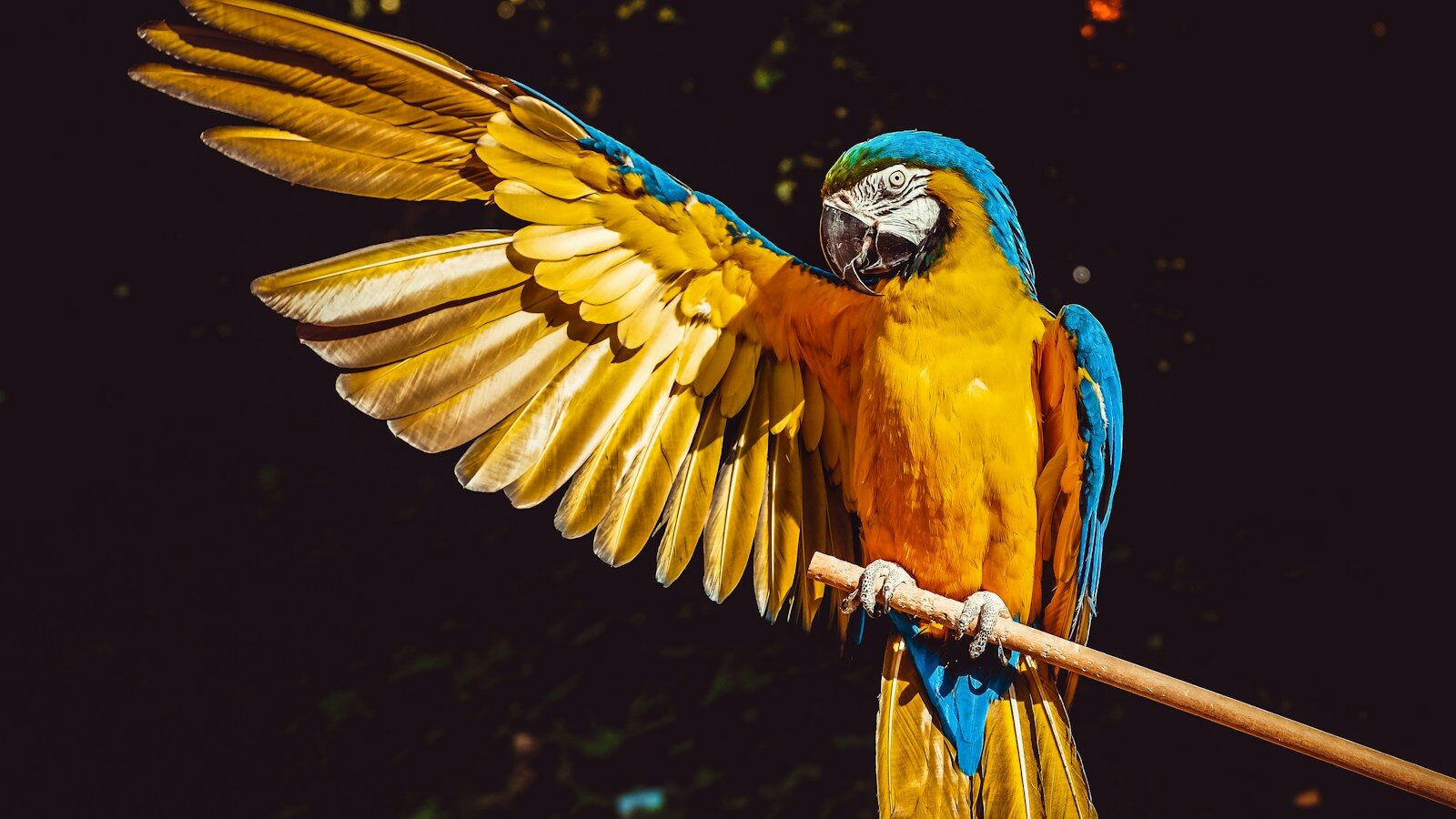

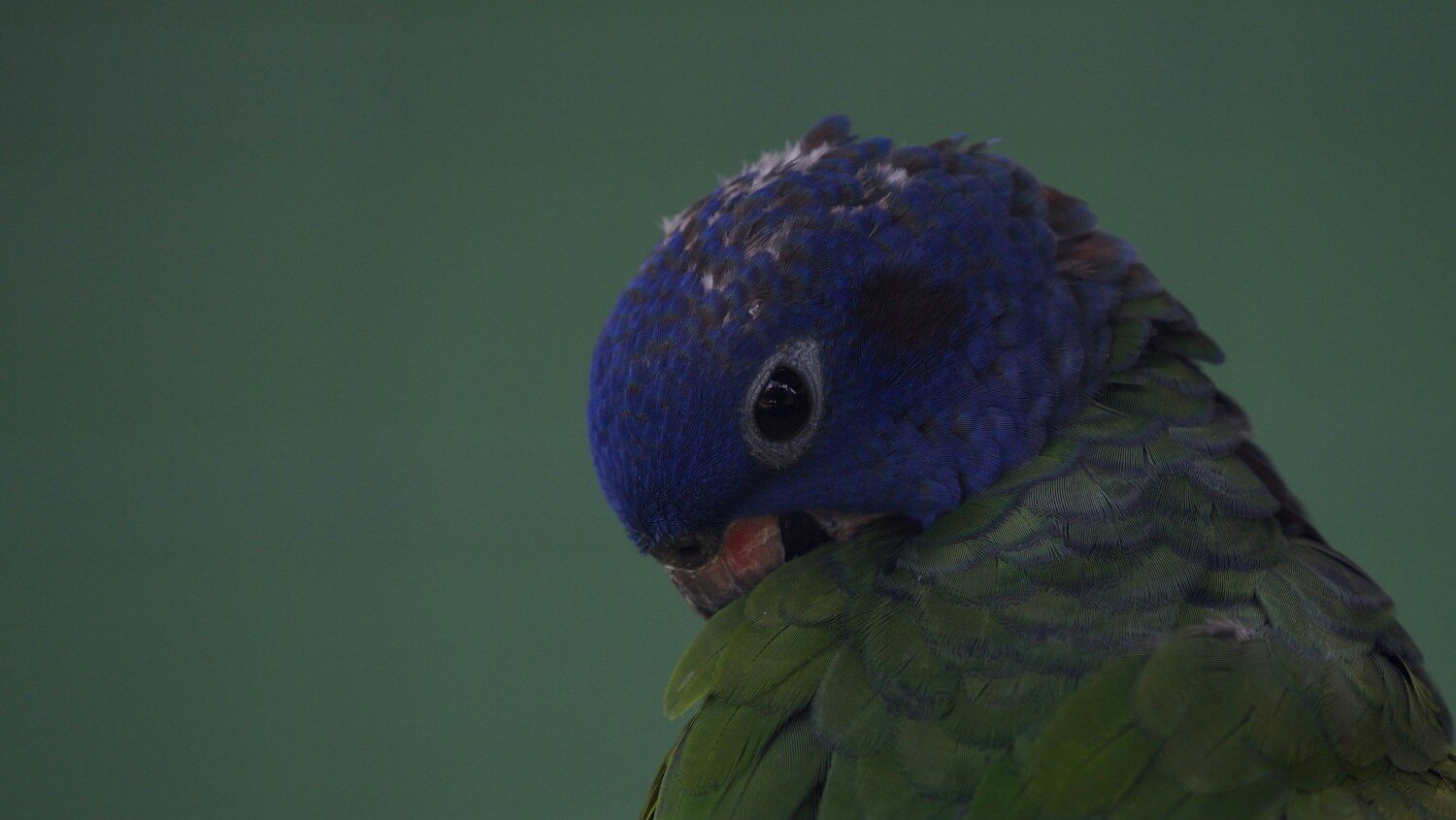
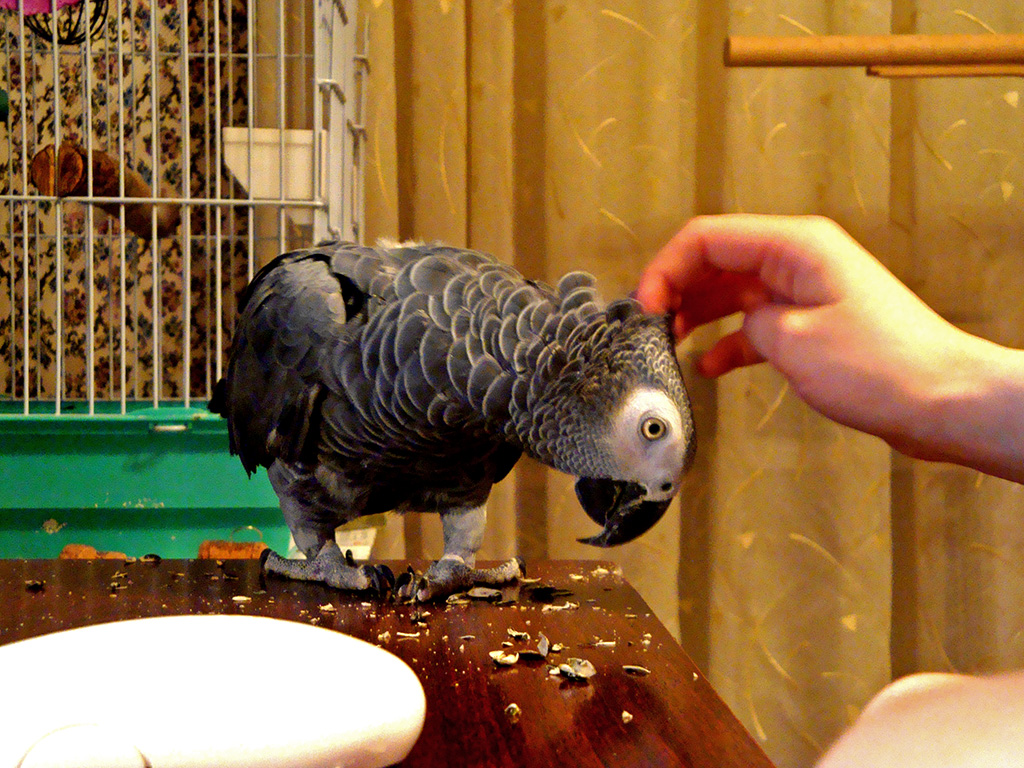
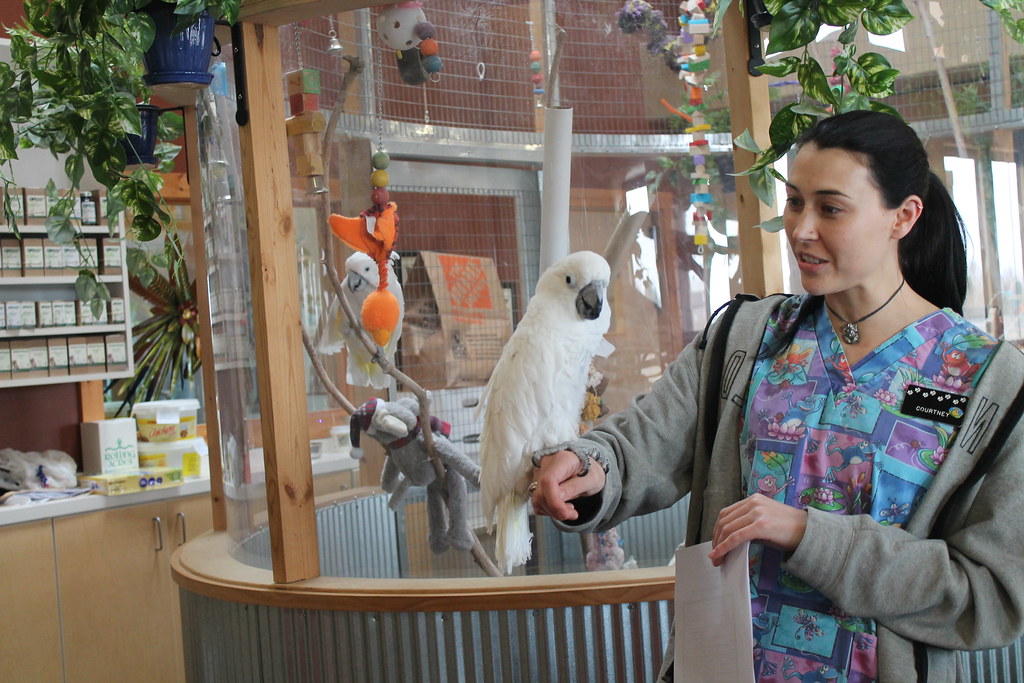




Leave a Reply